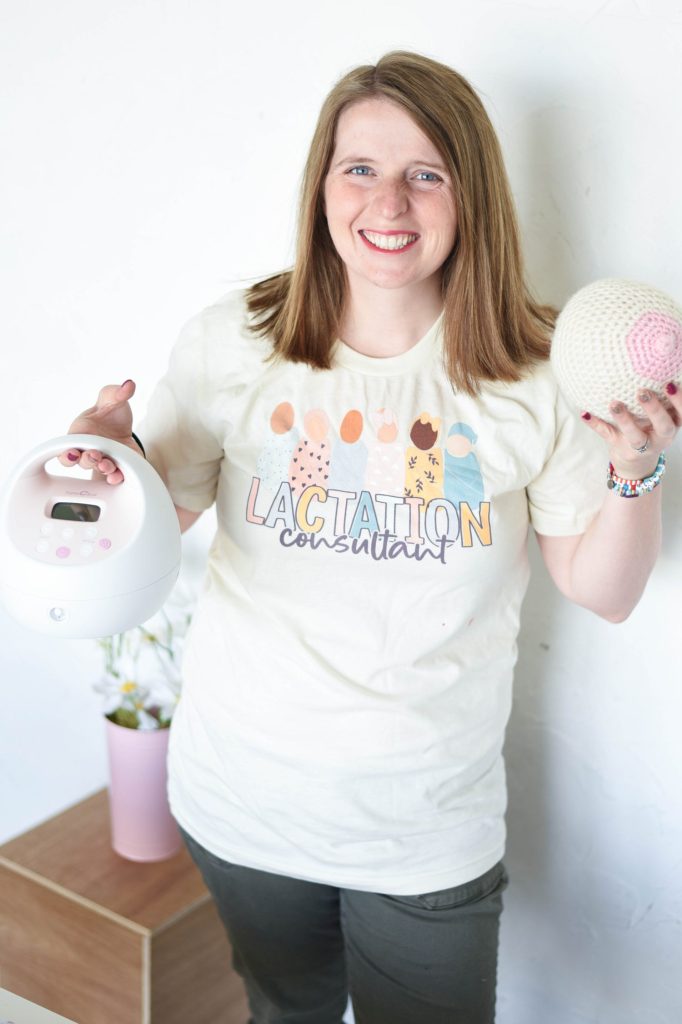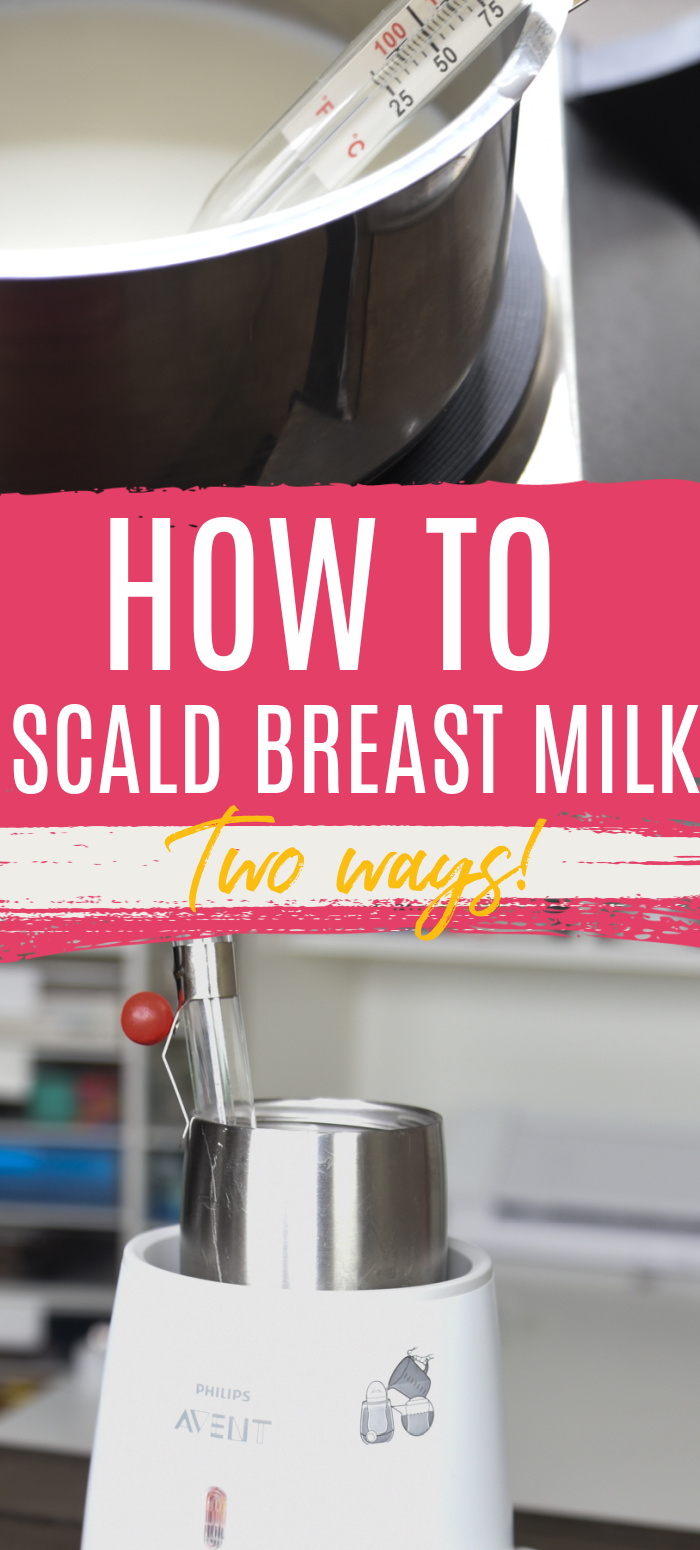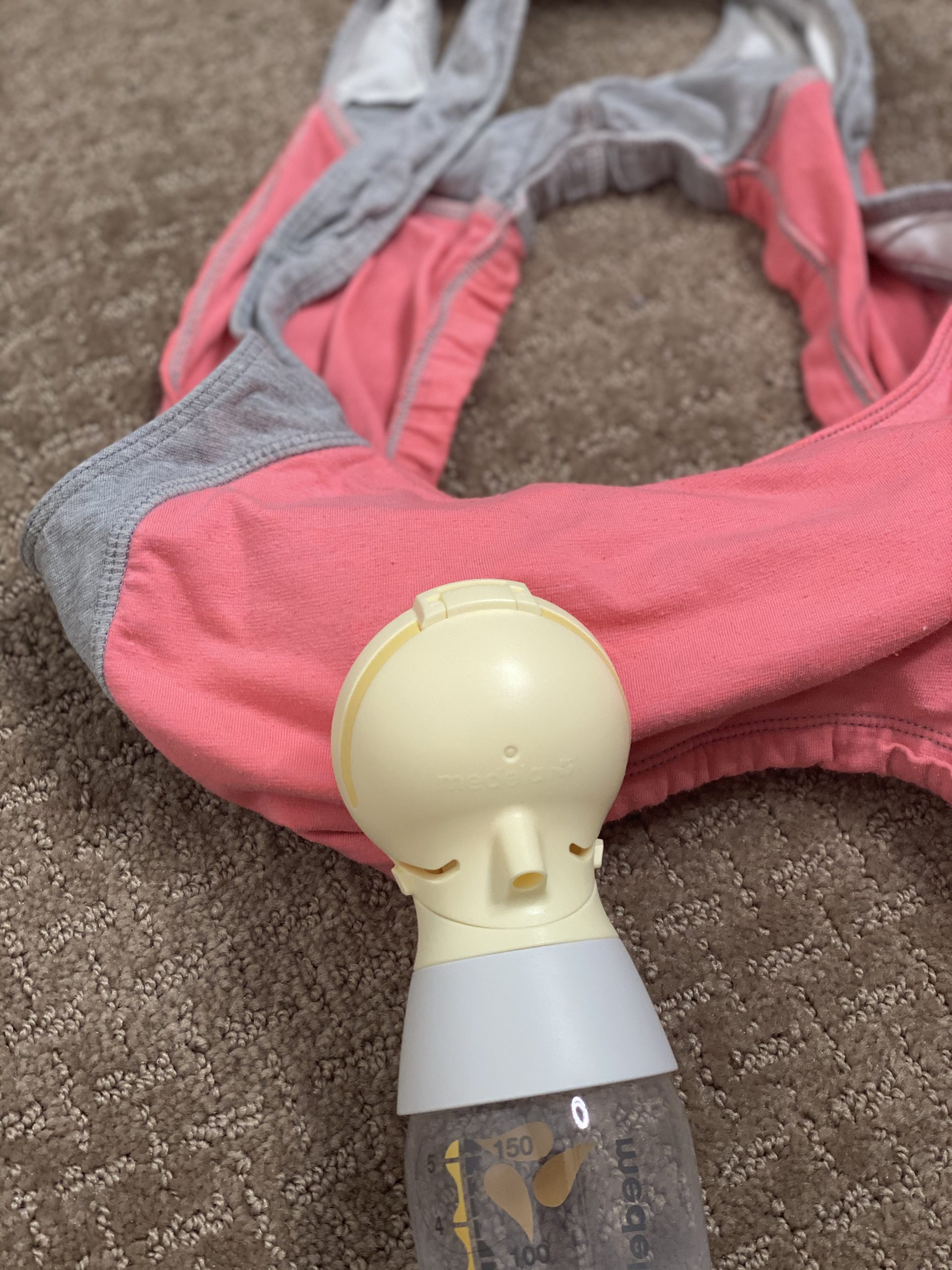Prolactin is one of the essential hormones for lactation. In non-lactating women, levels are typically relatively low. During pregnancy they rise – and after birth, they do decrease a bit. However, as your body begins to produce breast milk, your baseline level remains high to facilitate breast milk production – and it increases even more after each feed or pump session.
One of the biggest reasons for low milk supply is sub-optimal prolactin levels—or levels that don’t rise appropriately. There are various reasons why this might happen, but if prolactin isn’t being produced, it is nearly impossible to make all the milk you need.
This can be a complicated topic, but I hope this article might provide some helpful insight.
Milk supply isn’t always easy to navigate, and it’s the number one cause of concern for new moms. If you’re feeling overwhelmed and unsure, check out Fuss-Free Milk Supply. I designed a resource to simplify milk supply and help you establish, maintain, and troubleshoot your problems without all the overwhelm of social media.
The information in this article is just for educational purposes. Always work with a trusted healthcare provider for your specific needs and situation.
Prolactin Levels When Breastfeeding:
During pregnancy, prolactin levels rise to prepare the breasts for milk production. After childbirth, the levels drop from their pregnancy levels but remain elevated. They increase with stimulation to the breast, so if you are more frequently stimulating the breast, the levels remain higher.
The older your baby gets, the lower your baseline will get, but they generally remain elevated until you wean your child. These levels can vary throughout the day, with higher concentrations observed during night and early morning feedings.
Your baseline refers to your level when you haven’t nursed or pumped for about two hours.
When you draw your prolactin levels, they typically don’t have a chart showing lactating levels (at least on the results I’ve seen). The baseline should be below 25 ng/ml if you aren’t lactating. Here is a rough estimate of what I would look for with a baseline prolactin level when you are lactating.
| Stage | Level (ng/ml) |
| 7 days postpartum | 100 |
| 3 months postpartum | 100 |
| 6 month | 50 |
This may differ if your menstrual cycle has returned. If your period returns before 180 days postpartum, baseline levels may drop down to around 70.
After you nurse or pump, prolactin levels should at least double. They remain elevated for 2-3 hours afterward before dropping back down to baseline.
The Need for Increased Prolactin Levels:
For typical milk production, prolactin levels need to increase. This surge in prolactin triggers the mammary glands to produce milk, ensuring a sufficient supply for the nursing baby. Each time the baby nurses, the breast stimulates, sending signals to the brain to release more prolactin into the bloodstream and then to the mammary glands to encourage them to secrete milk.
There are prolactin receptors in the mammary glands. According to the book The Breastfeeding Mother’s Guide to Making More Milk, “The development of prolactin receptors in the breast is believed to be related to the frequency of early suckling stimulation and milk removal: the more often a baby breastfeeds in the first days and weeks after birth, the more receptors are made. Good receptor development is critical to sustaining long-term milk production.”
The prolactin released during a nursing session peaks about 30 minutes later, setting the milk production stage during the next nursing and pumping session.
Possible Reasons for Inadequate Prolactin:
There are various reasons why a woman may not have a high prolactin baseline or see an increase from that baseline. Discovering the root cause can take a lot of investigative work, but here are some common reasons.
Infrequent Nursing:
Prolactin levels increase in response to nipple stimulation. If a baby nurses infrequently or for short durations, it may not adequately stimulate prolactin production.
Prolactin stays elevated for just a few hours, so if you aren’t nursing frequently, it may not be increasing often enough to maintain or increase your milk supply. If you nurse/pump more regularly, it can build on previous prolactin increases – which tells your body to make more milk.
I loved this video from Karolina at Lactation Hub. She explains the role of prolactin beautifully and the importance of frequent stimulation of the breast (and then gives her account a follow-up – she always explains breastfeeding topics in a really easy-to-understand manner):
Suppose the onset of breastfeeding was delayed during the early weeks or the milk was removed infrequently. In that case, fewer prolactin receptors would be activated in the mammary alveolar cells in the breast. Even if stimulation is increased at the breast, if fewer prolactin receptors exist to “accept” the released prolactin, supply may be more difficult to increase. This is why early and frequent stimulation of the breast is crucial.
Time of Day:
Did you know that prolactin follows a circadian rhythm? Levels are highest in the early morning hours of the day and lowest in the evening. If you aren’t nursing or pumping frequently during these higher periods of the day, you may have a lower baseline overall and lower milk production.
Some lactation professionals advocate for “hacking your prolactin” by recommending you prioritize feeding/pumping during the first 12 hours of the day to help boost your overall prolactin.
Pituitary Gland Issues:
Since the pituitary gland produces prolactin, any problems with this gland, such as a tumor or injury, can affect its ability to make the hormone.
The most common issue related to pituitary gland dysfunction is Sheehan’s Syndrome, which can happen when there is massive blood loss after birth. This can lead to necrosis of the pituitary gland, leading to dysfunction.
High-stress levels can interfere with the body’s hormonal balance, potentially affecting prolactin release and production.
Medications:
Certain medications, particularly those affecting dopamine levels, can inhibit prolactin production.
Insufficient Glandular Tissue:
This can be a tricky topic to navigate, but some women do not have the glandular tissue necessary to produce a full supply of milk. When there is less glandular tissue, there are fewer prolactin receptors available.
IGT can be a result of your development in the womb, menstrual cycle issues (especially luteal phase defect), progesterone deficiencies, breast surgery, etc.
While early stimulation of the breast is important for all women, it’s especially valuable for those who have less glandular tissue to begin with to ensure they activate as many prolactin receptors as possible.
Hormonal Imbalances:
Conditions like hypothyroidism or polycystic ovary syndrome (PCOS) can disrupt the normal functioning of hormones, including prolactin.
So, what can you do?
If you are experiencing a low milk supply, a series of prolactin blood tests can be helpful. While they may not answer your supply issues completely, these results may provide some support in the right direction. For many moms I’ve worked with
I typically recommend getting blood drawn 2-3 hours after your last nursing/pumping session, then pumping/nursing and getting them drawn again 30-40 minutes later.
It’s a simple test, but many medical providers don’t want to run it. If this is the case, I suggest working with a lactation consultant who can advocate for getting this blood work done.
My team regularly works with clients with low milk supply, and we do whatever we can to find answers and get the tests you need. Book your virtual consult here if you need this or additional support for navigating your supply issues.
If you determine that your prolactin is low, there’s not always an easy answer for what to do next. Increasing the nursing frequency can be helpful if you don’t have an underlying condition. Some medications and supplements can help with prolactin levels, but these should be discussed with your trusted medical provider. I don’t recommend supplementing or using medications without having a clear picture of what’s going on.
Remember, every breastfeeding journey is unique; various factors can influence prolactin levels and milk production. By staying informed and seeking support when needed, you can navigate any challenges and continue to provide nourishment for your little one.







